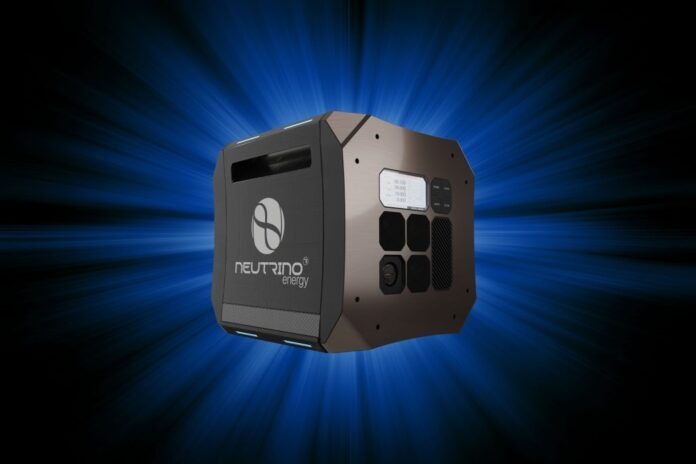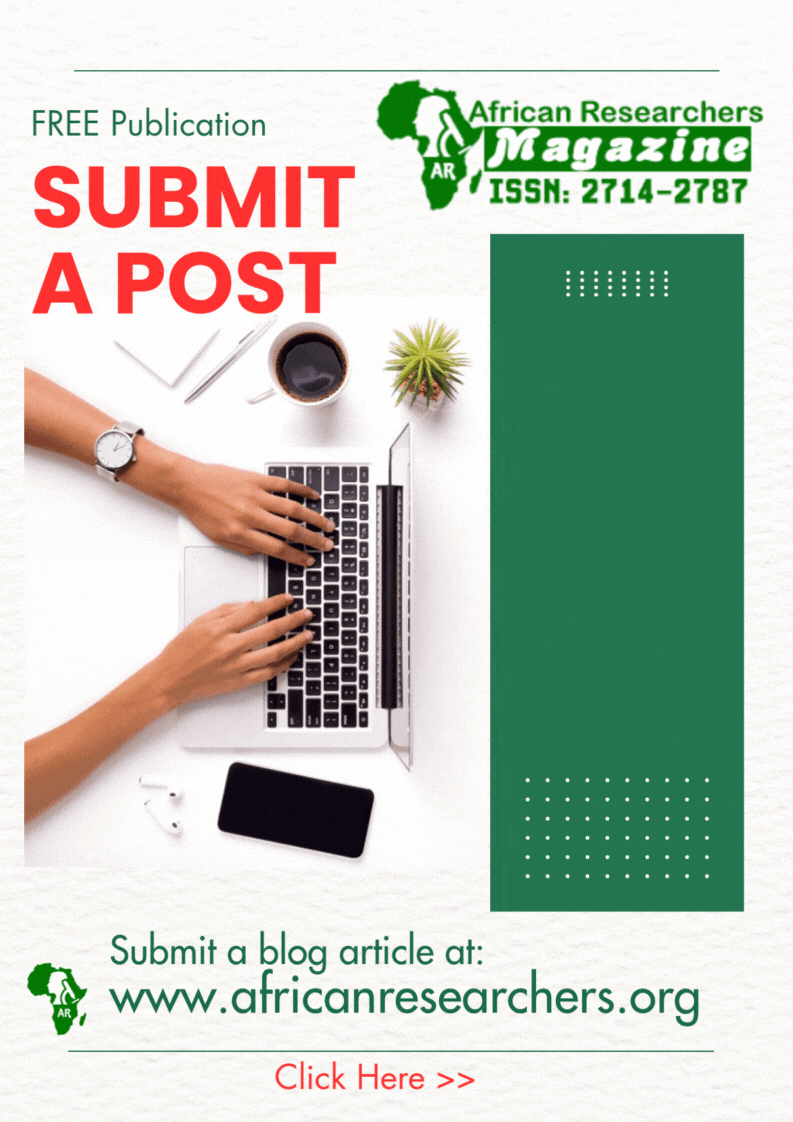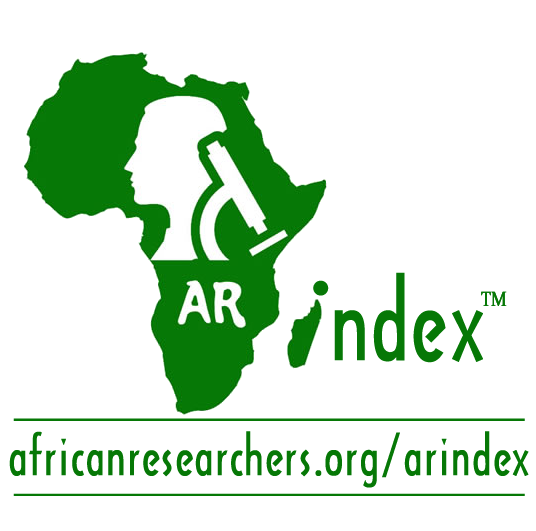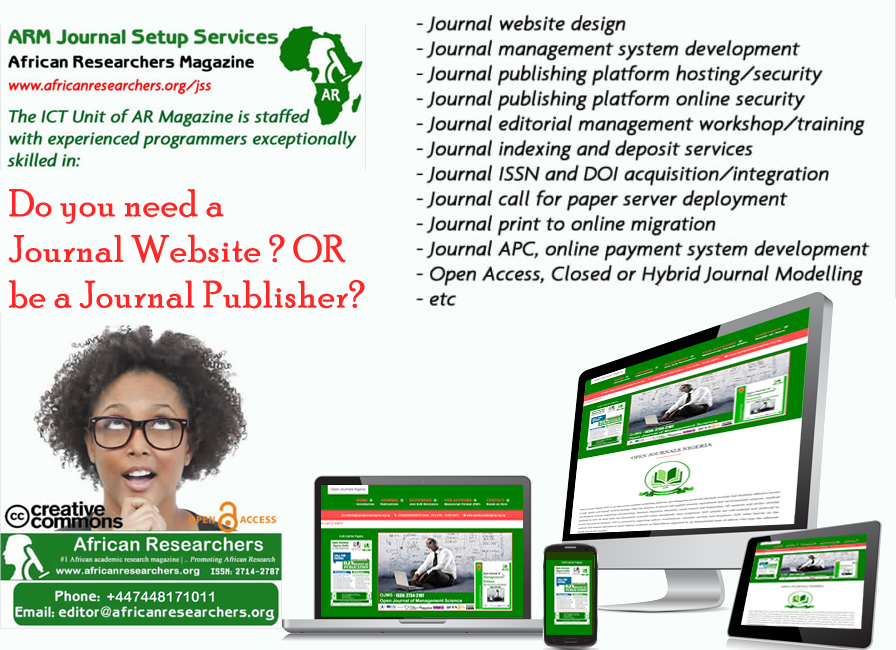A recent article by Mvita et al., (2023) titled “Meta-Analysis and Systematic Literature Review on Applications of Variational Quantum Algorithms (VQAs)” published in Industrial Engineering and Operations Management Society, shows that VQAs prove versatile in quantum tasks but face challenges like barren plateaus, hardware noise, limiting NISQ device performance.
This article explores the multifaceted applications of variational quantum algorithms (VQAs) across diverse fields such as chemistry, optimization, and machine learning. Employing a systematic literature review and a meta-regression analysis of 192 publications on VQAs, the study aims to furnish a thorough overview of their current state, future prospects, challenges, and opportunities. Additionally, the article proposes potential applications of VQAs in the metallurgy and mineral processing industry.
“
Variational Quantum Algorithms (VQAs) exhibit versatility and potential applications, yet face challenges, prompting exploration of error mitigation and hybrid architectures.– Mvita et al., 2023
Some of the potential applications of VQAs in the metallurgy and mineral processing industry are:
Molecular structure determination: VQAs can be used to find the ground and excited energy states of different molecules, which can help in understanding the properties and interactions of various materials.
Material science applications: VQAs can be used to simulate and optimize the behavior of strongly correlated systems, which are relevant for designing novel materials with desired characteristics.
Data compression and classification: VQAs can be used to compress and classify quantum data, which can be useful for processing large amounts of information from sensors, detectors, or imaging devices.
Optimization and prediction: VQAs can be used to solve complex optimization problems, such as discrete search space optimization, or to develop trainable quantum models for accurate predictions of unknown and unseen data sets.
How the study was conducted
The authors meticulously formulated six key questions to guide their investigation. To compile relevant literature, they employed a systematic approach, leveraging specific keywords and criteria across diverse databases. The study’s selection process was transparently documented using PRISMA diagrams, inclusion and exclusion tables, ensuring a rigorous and reproducible methodology. The main indicator of meta-analytical effect size was Cohen’s d, with the authors translating other effect sizes reported in primary studies accordingly. Meta-regression was employed to scrutinize statistical relationships between VQA applications and outcomes, alongside the identification of potential moderators. Software tools such as Minitab and Excel played pivotal roles in effect size calculation and meta-regression analyses. A structured coding sheet was designed to record essential information from each primary study, including study name, effect size, and sample size. This systematic approach allowed for a comprehensive overview of the landscape, enabling researchers to discern patterns and trends. Preliminary sensitivity analyses were conducted to identify outliers and assess publication bias. The authors then embarked on the main meta-regression analysis, employing different models and variables to unravel nuanced insights into the relationships between VQA applications, outcomes, and potential moderating factors.
What the authors found
The authors found that VQAs are versatile and adaptable frameworks that can be used for various tasks, such as finding ground and excited states of molecules, solving combinatorial optimization problems, and learning patterns from quantum data. The authors also found that VQAs face several challenges, such as barren plateaus, hardware noise, and gradient estimation, that limit their performance and accuracy on noisy intermediate-scale quantum (NISQ) devices. In addition, the authors posit that VQAs also offer several opportunities, such as error mitigation, noise resilience, and hybrid quantum-classical architectures, that can enhance their potential and applicability in near-term quantum computing. VQAs have a strong connection with quantum machine learning, as they share similar methods, models, and objectives, and the lessons learned from one field can benefit the other.
Why is this important
This is an important topic because variational quantum algorithms (VQAs) are a promising approach to harness the power of quantum computing for various applications, such as chemistry, optimization, and machine learning. VQAs use a classical optimizer to train a parametrized quantum circuit, which can potentially achieve a quantum advantage over classical methods. However, VQAs also face many challenges, such as noise, barren plateaus, and circuit design. Therefore, it is useful to conduct a meta-analysis and systematic literature review on the existing literature on VQAs, to identify the main methods, outcomes, challenges, and opportunities in this field. A meta-analysis can provide a quantitative summary of the effect sizes and the heterogeneity of the results across different studies, while a systematic literature review can provide a qualitative synthesis of the research questions, methods, and findings of the relevant studies. By doing so, the authors aim to provide a comprehensive overview of the current state of the art and the future directions of VQAs.
















 The African Research (AR) Index is a comprehensive scholarly directory and database focused explicitly on journal publishers that publish and disseminate African research.
The African Research (AR) Index is a comprehensive scholarly directory and database focused explicitly on journal publishers that publish and disseminate African research.

